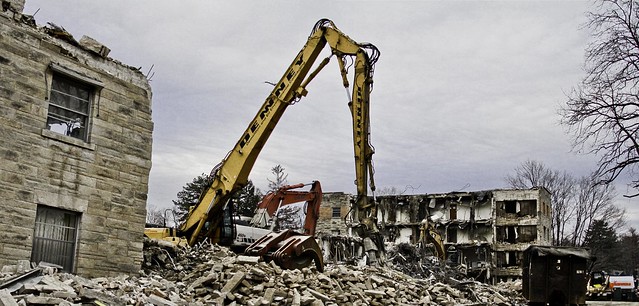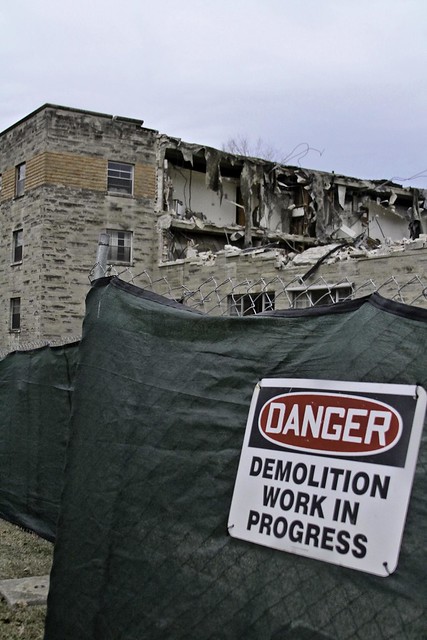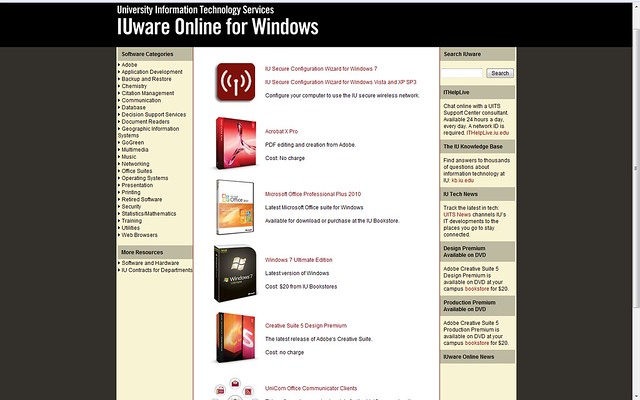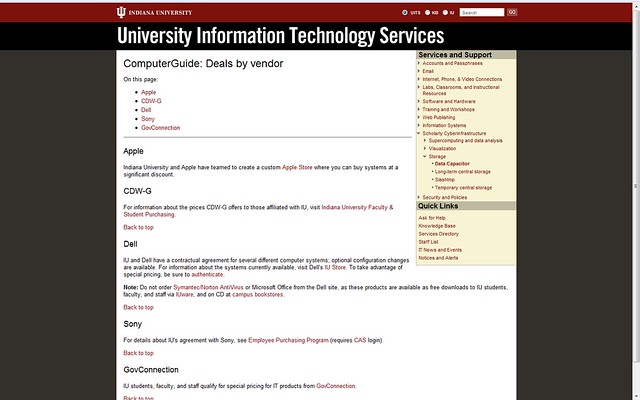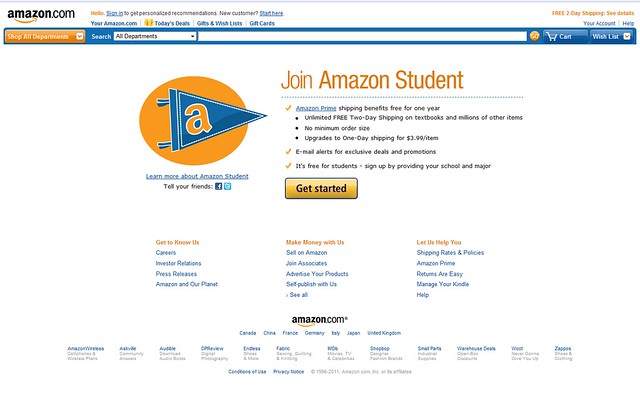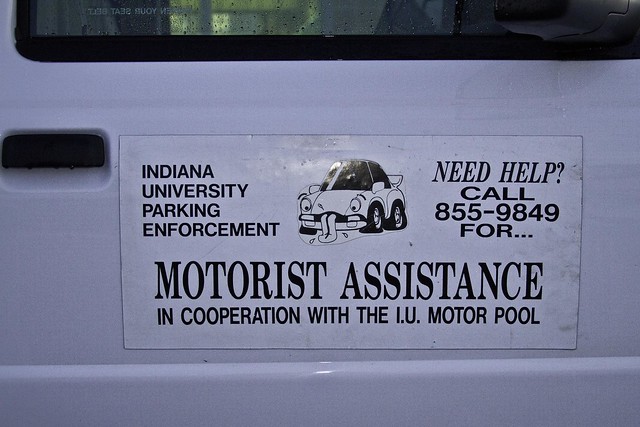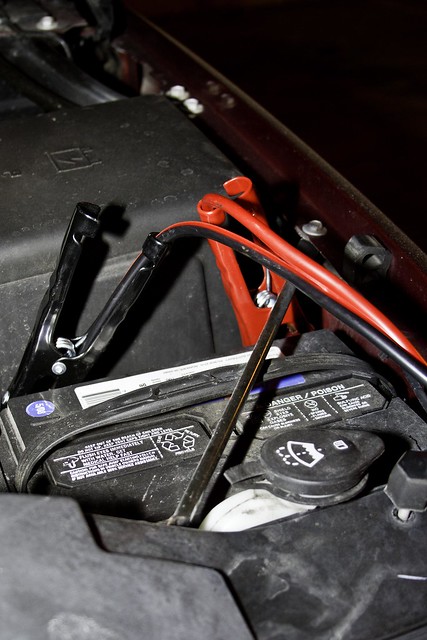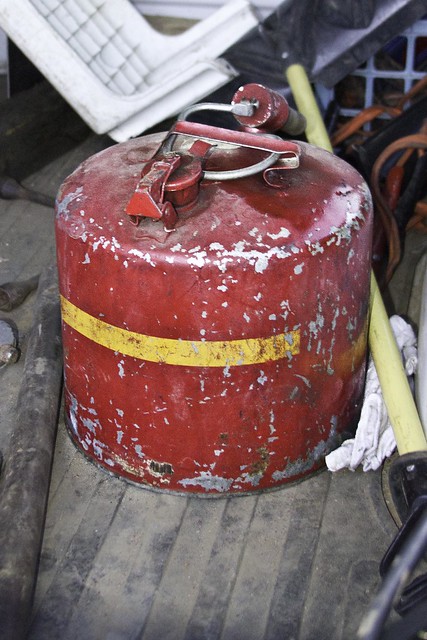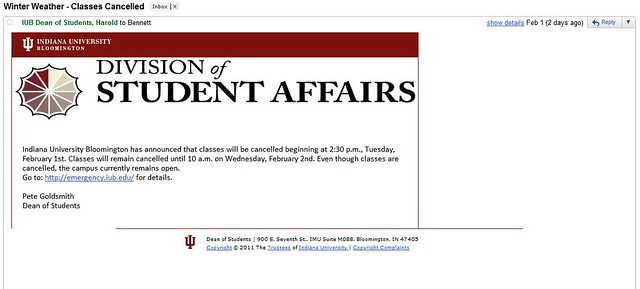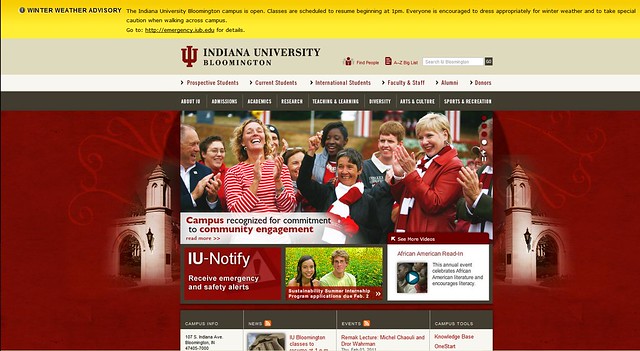Throughout recent history, Universities across the United States have been tasked with creating efficient ways to inform students of campus emergencies and/or significant events. During my time here at IUB, the systems and protocols that IU has in place to deal with campus emergencies have luckily never really been used for an actual crisis or imminent threat, only two tornado warnings… This all changed this past week, though, when inches of ice and snow were predicted to blanket the entire Midwest region and possibly make traveling a nearly impossible task. Beyond the obvious knowledge of an impending storm front that most students heard or read about, many students did not know where to go to find out information regarding the cancellation of classes, updated weather emergencies or even general information about the status of the IUB campus. The following are ways that IU tries to reach all students during important campus events.
Email
Obviously, email is the fastest and easiest way to address every student at one time for campus administrators. All students, faculty and staff receive emails from IU that illustrate the current threat to campus and/or students and any information or action that is required or recommended from students. Unfortunately, not all students are able to check their email at all times of the day if they are in class or don’t have a smart phone with email access.
Text Message (SMS)
Another quick, convenient way to reach the overwhelming majority of students at one time by sending a brief description of any current or future events happening on campus and brief instructions or recommended actions. Given the nature of SMS service, most communications will be incomplete compared to Email or official IU website communications. This service also requires that your emergency contact information is up-to-date in IU’s emergency notification system.
Phone
Again, assuming that your contact information is up-to-date in IU’s system, all students will receive an automated recording of the text message described above. This ensures that even those who may not have text messaging capabilities will receive the same information.
Official University Websites
Both iub.edu and emergency.iu.edu will be the first to display campus threat, emergency and/or weather information, along with the actions being taken by the University and the recommended actions to be taken by students, faculty and staff. Placing information on these sites first allows any individual to immediately access this information from any internet-enabled device. The other services listed above, as you might imagine, cannot possibly reach every student at exactly the same moment. With over 35,000 students enrolled at IUB, data must be sent in segments to ensure that networks do not become overwhelmed. Although, despite the rolling release of information, I personally have never received the same information more than five minutes later than another person.

For anyone that was wondering how a campus as diverse as IUB communicates with more than 35,000 students in times of emergencies, it is clear to see that multiple forms of redundancy exist within IU’s communications system to ensure that regardless of where you are or what phone service you have, some form of information will reach you. Likewise, the exact same information can always be obtained through various sources.


